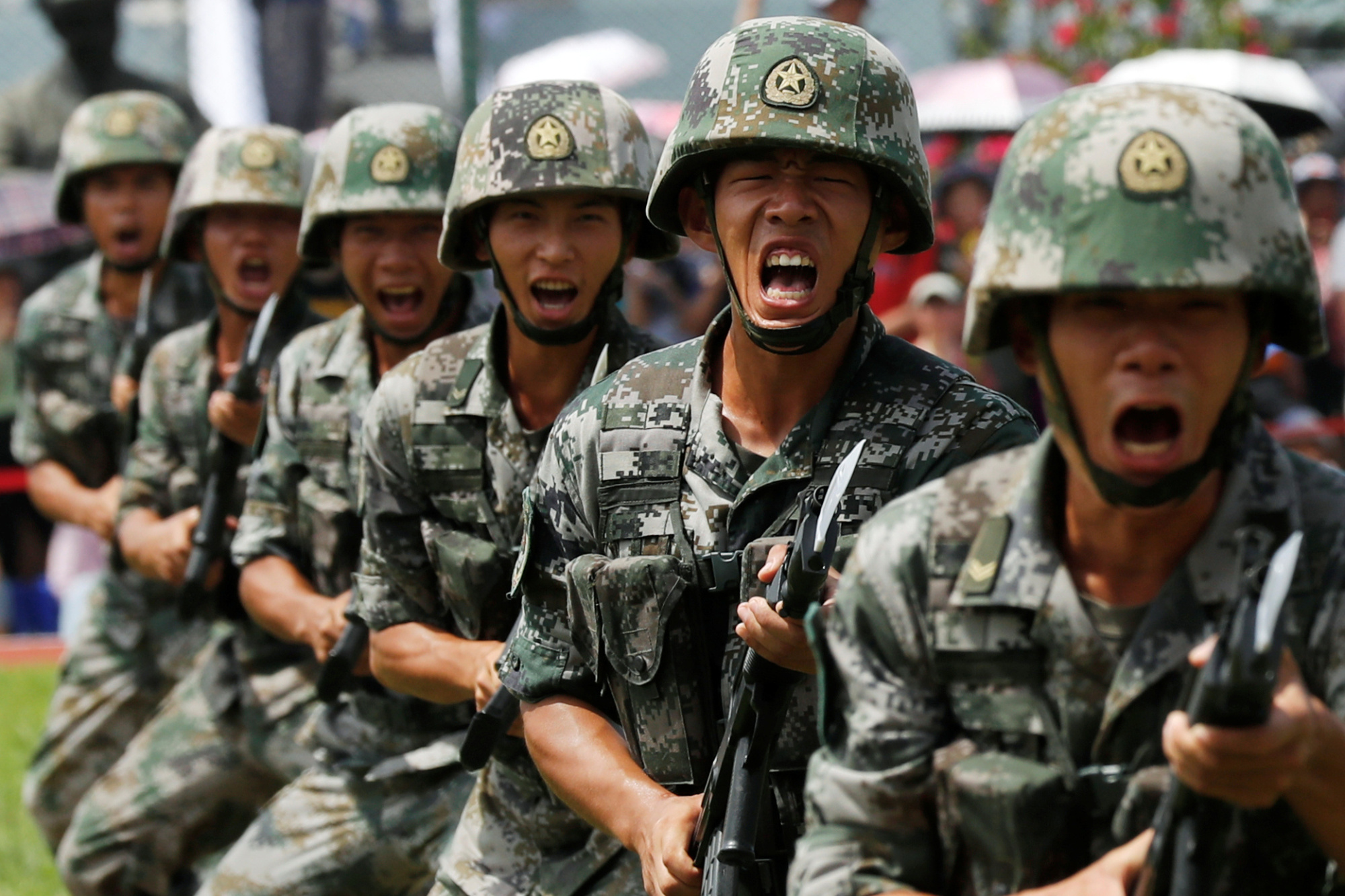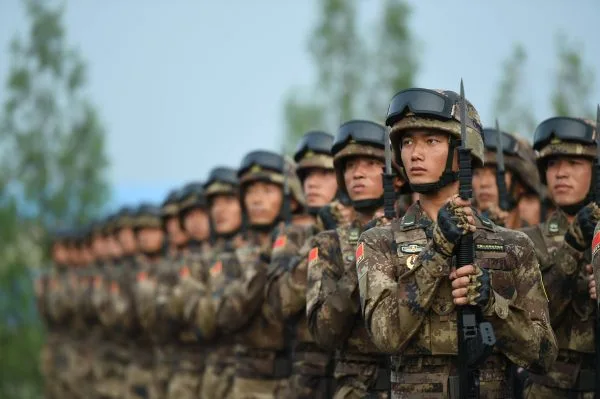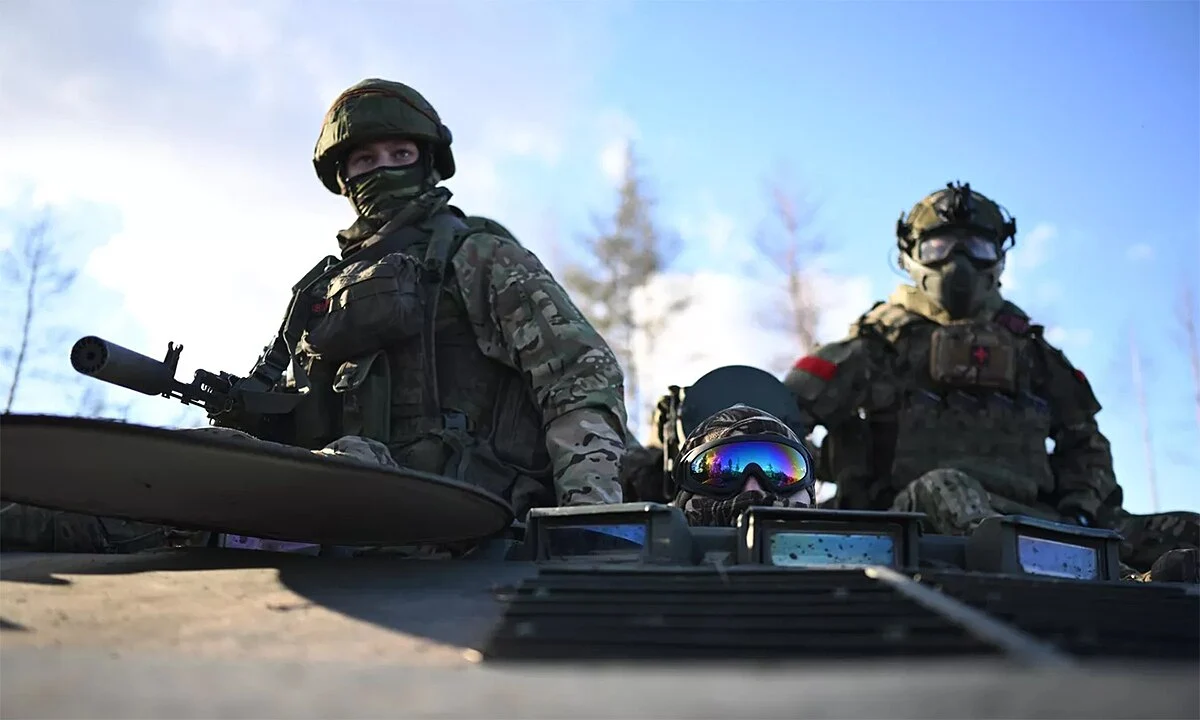The People's Liberation Army (PLA), as the military force of the People's Republic of China (PRC), is a significant player in global geopolitics. Recent developments within the PLA have raised eyebrows and sparked discussions about the trajectory of China's military strategy and the potential impact on regional and international dynamics. In this article, we delve into the disturbances within the PLA, exploring recent events, their context, and the potential consequences.
1. Intricacies of the People's Liberation Army

The PLA, being the world's largest military force, plays a crucial role in China's comprehensive national power. It encompasses the PLA Ground Force, PLA Navy, PLA Air Force, PLA Rocket Force, and the Strategic Support Force. Disturbances within this formidable institution have far-reaching implications.
2. Leadership Changes and Reshuffling
Recent disturbances in the PLA include notable leadership changes and reshuffling. These alterations at the top echelons of the military hierarchy can have significant impacts on the decision-making process, strategic planning, and the overall direction of the PLA.
Understanding the motivations behind leadership changes is key to interpreting the broader shifts occurring within the PLA. It is indicative of China's evolving military priorities and its strategies to enhance its military capabilities.
3. Modernization Initiatives and Technological Advancements
China has been actively pursuing military modernization initiatives, investing heavily in research and development to enhance its technological capabilities. Recent disturbances may be linked to the ongoing efforts to integrate cutting-edge technologies into the PLA, including artificial intelligence, cyber capabilities, and advanced weaponry.
Technological advancements can significantly alter the balance of power in the region, prompting concerns among neighboring nations and global powers. The disturbances within the PLA may reflect the challenges and opportunities associated with this ambitious modernization drive.
4. Geopolitical Tensions and Territorial Disputes

China's military developments often coincide with geopolitical tensions and territorial disputes in the Asia-Pacific region. Disturbances within the PLA may be influenced by the complex web of regional dynamics, including maritime disputes in the South China Sea and longstanding issues like the Taiwan question.
Understanding the geopolitical context is crucial for interpreting the motivations behind the PLA's recent disturbances. It provides insights into China's strategic calculations and its approach to regional security.
5. Cybersecurity Concerns and Information Warfare
As technology becomes more integrated into military operations, cybersecurity and information warfare have become critical aspects of modern conflict. Disturbances within the PLA may involve efforts to bolster China's capabilities in these domains, raising concerns about potential cyber threats and information manipulation.
The evolving landscape of warfare requires nations to adapt their military doctrines to include cyber capabilities. Disturbances within the PLA may signal China's response to this shifting paradigm in the realm of military strategy.
6. Implications for Regional Security and Global Stability
Disturbances within the PLA have implications not only for regional security but also for global stability. China's growing military capabilities and assertiveness have drawn attention from major powers, contributing to the recalibration of international security dynamics.
Understanding the potential consequences of disturbances within the PLA involves analyzing their impact on regional balances of power, the potential for miscalculations, and the broader implications for global peace and stability.
7. Civil-Military Relations and Domestic Considerations
Disturbances within the PLA are not isolated from domestic considerations. The relationship between the military and the Chinese Communist Party (CCP) is intricately linked, and disturbances may reflect internal dynamics, power struggles, or efforts to align the military with the CCP's objectives.
Examining civil-military relations provides valuable insights into the motivations behind disturbances within the PLA. It sheds light on how internal dynamics may influence China's military strategy and decision-making processes.
8. Transparency and International Relations

China's level of transparency regarding its military developments significantly influences international perceptions and relations. Disturbances within the PLA, particularly if shrouded in secrecy, can create uncertainties and contribute to a lack of trust among nations.
Enhanced transparency in China's military activities is essential for fostering regional and global confidence. Addressing concerns and providing clarity on the motivations behind disturbances within the PLA can contribute to stable international relations.
Conclusion
Disturbances within the People's Liberation Army warrant careful analysis, considering their potential implications for China's military strategy, regional security, and global stability. As the PLA undergoes changes and adapts to evolving geopolitical realities, the international community must monitor these developments closely to understand China's military intentions and their broader impact.
China's military trajectory has direct consequences for the Asia-Pacific region and beyond. Navigating the complexities of disturbances within the PLA requires a nuanced understanding of China's strategic objectives, regional dynamics, and the evolving nature of modern warfare.






